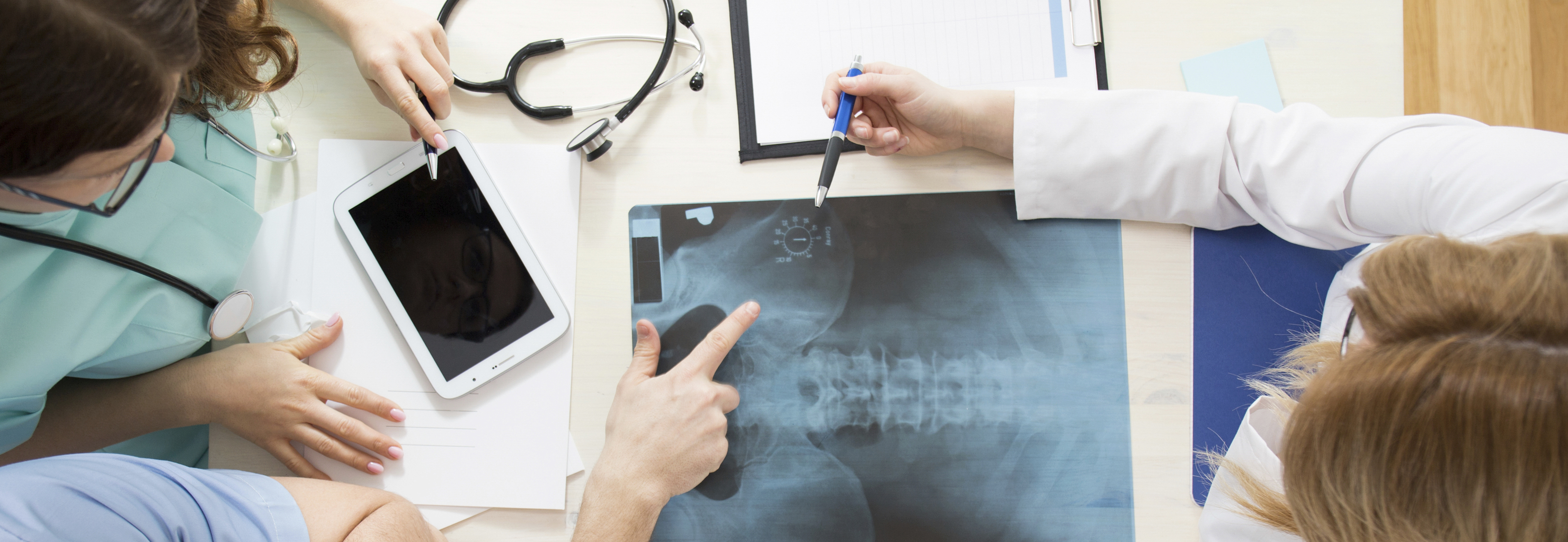Core Research

A multidisciplinary approach
The Pelvic Floor Disorders Core recognizes that the advancement of pelvic health disorders in women is best achieved by collaborating with a diverse group of experts whose specializations can provide a unique perspective to clinical and research opportunities.
Long term goals
The Pelvic Floor Disorder Core’s goal is to substantially improve women’s health through innovative interdisciplinary research on the etiology, prevention and treatment of pelvic floor disorders.
Current Core projects
The purpose of the Bioness study is to assess the efficacy and safety of the StimRouter percutaneous tibial nerve stimulation therapy in improving Overactive Bladder symptoms. Participants are followed for 6 months after implant.
The purpose of the Colpassist trial is to compare the length of time required to perform surgical steps during robotic-assisted sacrocolpopexy using two different vaginal positioning devices.
The purpose of the GAPS study is to assess the impact of 2 weeks of post-operative gabapentin versus placebo on women who have undergone a vaginal sacrospinous ligament suspension for apical pelvic organ prolapse. Participants are followed for 6 weeks post-operatively.
The purpose of the LIBERATE study is to investigate the safety and effectiveness of the Eclipse vaginal bowel control device in women age 19+ over the course of one year. Women with 2+ fecal incontinence episodes a week are eligible. Participants receive $50-$75 per study visit, as well as a new Eclipse device at the end of the study. Participation includes 8 study visits over 14 months, questionnaires, and pelvic exams.
The Purpose of the MicB study is to describe the microbiome of the bladder in women undergoing sacral nerve modulation for Urge Urinary Incontinence, and to determine if there are differences in the urinary microbiome which can help to predict treatment responders. Participants are followed for 3 months.
The purpose of the PACT study is to compare rates of vaginal mesh and suture exposure between permanent and delayed absorbable sutures during robotic total hysterectomy with sacrocolpopexy Patients are followed for one year post-operatively.
The purpose of the REDO study is to compare a traditional back-fill assisted voiding trial protocol to a post void residual-free voiding trial protocol following urogynecologic surgery to determine if there is a difference in the rate of postoperative catheterization which could help to decrease patient burden and lower the risk of infection. Participants are followed for 6 weeks post-operatively.
The purpose of the Urogene study is to identify risk factors (genetic, lifestyle, biological) for pelvic floor disorders. Patients 18+ are eligible and participation includes a one-time blood draw with quality of life and demographic/medical history questionnaires.
[/toggle]
Visit the Collaborators page to view publications and related research
Learn more about the Pelvic Floor Disorders Core by contacting Emily Olsson at 919-843-8114.